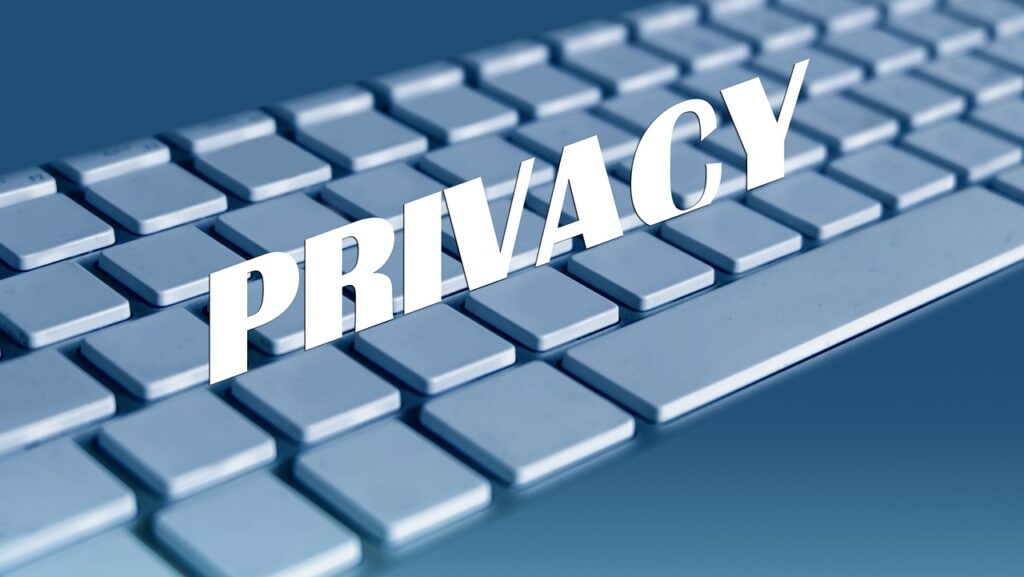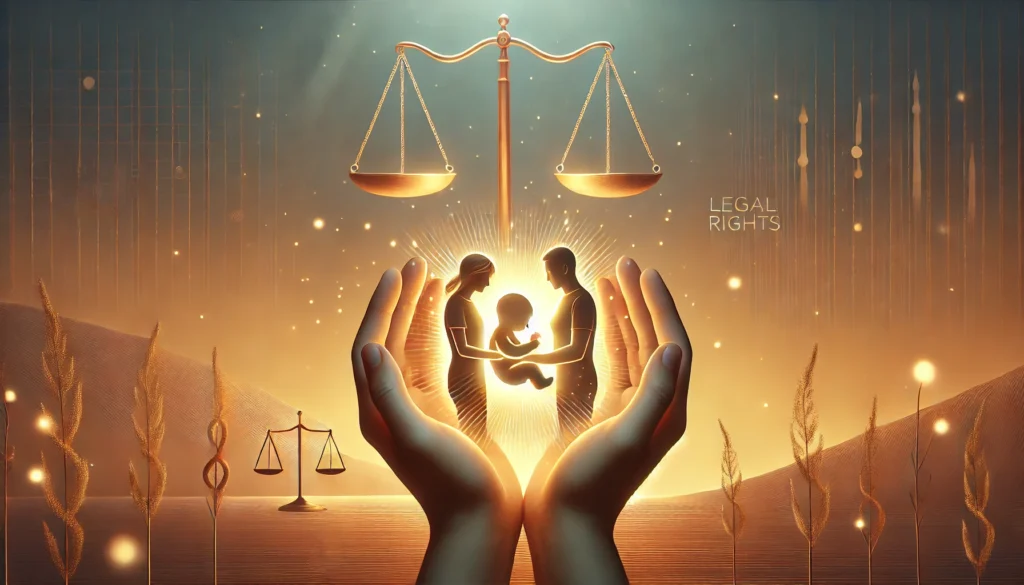Published on 28th March 2025
Authored By: Nidhi Chakrapani
Lords Universal College of Law
Abstract
Hate speech in India is a complex issue that requires balancing the constitutional right to free expression with the need to maintain public order and safeguard underprivileged communities. The legal framework governing hate speech comprises provisions from the Indian Penal Code (IPC), the Representation of the People Act, and the Information
Technology Act, among others. However, these regulations are frequently criticized for being overly broad, resulting in possible abuse and arbitrary enforcement. This essay goes into the legal framework governing hate speech, including key judicial pronouncements, constitutional challenges, and the need for reform. Finally, it makes recommendations for a more effective way to combat hate speech in India.
Introduction
India, the world’s largest democracy, supports the right to free speech and expression under Article 19(1)(a) of the Constitution[1]. However, this right is not absolute and is subject to reasonable restrictions under Article 19(2), such as those based on public order, decency, morality, and national security. The rise of hate speech, particularly on digital platforms, has fuelled debate over the scope of these prohibitions and the necessity for stricter rules to combat hate speech while maintaining free expression. The misuse of hate speech laws, along with ambiguous legislative phrasing, raises serious constitutional and legal issues. This essay goes into great length about these difficulties.
Legal Framework for Hate Speech in India
1. Indian Penal Code (IPC), 18602
The IPC has several sections that address hate speech, including:
- Section 153A criminalizes activities that promote animosity between groups based on religion, race, place of birth, residency, or language, as well as actions that undermine concord.
- Section 295A penalizes deliberate and malicious acts that offend religious sensibilities or beliefs.
- Section 505(1)(c) addresses remarks, rumors, or reports intended to stir one community against another.
These provisions are intended to avoid communal violence, but they are frequently criticized for their wide and ambiguous phrasing, which can be used to repress dissent.
2. Representation of the People Act, 1951 [2]
- Section 125 forbids discrimination based on religion, race, caste, or community during elections. This provision aims to ensure that elections are free and fair, without divisive discourse.
3. Information Technology Act, 2000 [3]
- Section 66A (struck down in Shreya Singhal v. Union of India (2015)) prohibited sending insulting messages electronically. Even if this clause was found unconstitutional, online hate speech remains a major concern.
4. The Scheduled Castes and Tribes (Prevention of Atrocities) Act, 1989 [4]
This Act criminalizes any act that insults or intimidates members of Scheduled Castes and Scheduled Tribes, banning caste-based hate speech.
Constitutional Challenges to Regulating Hate Speech
1. Free Speech vs. Reasonable Restrictions
Article 19(1)(a) ensures free speech and expression, whereas Article 19(2) empowers the government to place reasonable limits. The uncertainty in defining ‘reasonable constraints’ has resulted in judicial battles and subjective interpretations, making the regulation of hate speech extremely contentious.
2. Overbreadth and Vague Provisions
Critics contend that clauses such as Sections 153A and 295A of the IPC are ambiguous, resulting in arbitrary arrests and the suppression of free speech. For example, comedians, journalists, and political activists have been sued under these rules for making statements that were seen as provocative but not necessarily hostile.
3. Selective Enforcement and Misuse
Hate speech laws have been selectively enforced depending on political connections or religious beliefs. This selective implementation weakens the legitimacy of these laws and raises worries about their potential misuse as tools of political revenge.
Landmark Judicial Pronouncements
1. Ramji Lal Modi v. State of Uttar Pradesh, 1957 [5]
In Ramji Lal Modi v. State of Uttar Pradesh, the Supreme Court confirmed the legality of Section 295A of the IPC, which criminalizes deliberate and malicious conduct meant to incite religious sentiment. The petitioner claimed that the section violated Article 19(1)(a) of the Constitution. However, the Court determined that the provision imposed reasonable restrictions in the interest of public order, as allowed by Article 19(2). The Court ruled that, while free expression is a fundamental right, it is not absolute and can be limited to prevent social unrest and public disruption. This decision established a precedent for future instances involving restrictions on free speech in India and emphasized the need of exercising the right to free expression responsibly.
2. Shreya Singhal vs. Union of India (2015) [6]
In Shreya Singhal v. Union of India, the Supreme Court ruled that Section 66A of the Information Technology Act, 2000, was unconstitutional because it violated Article 19(1)(a) of the Indian constitution. The Court deemed the clause to be ambiguous and excessively broad, resulting in arbitrary and unreasonable limits on free expression. Section 66A criminalized the transmission of “offensive” material by electronic means, but its ambiguous meaning led to widespread abuse by authorities to muzzle dissent and opposition. The decision reaffirmed the notion that speech may only be restrained if it resulted in imminent criminal activity, rather than simply being offensive or annoying. The decision dramatically expanded the right to free speech in the digital age and established a solid precedent for protecting online communication.
International Perspective: Hate Speech Laws in the United States
The United States takes a very protective approach to free expression under the First Amendment of the Constitution. Hate speech is rarely criminalized unless it incites imminent illegal behavior. The seminal decision Brandenburg v. Ohio (1969)[7] established the test for speech restrictions, declaring that the government may prohibit speech supporting criminal activity only if it is “directed to inciting or producing imminent lawless action” and “likely to incite or produce such action.”
Furthermore, the United States Supreme Court has regularly ruled in favor of free speech, as in R.A.V. v. City of St. Paul (1992)[8], when the Court overturned a city ordinance restricting hate speech, arguing that content-based speech limitations violate the First Amendment. The United States’ approach shows a strong commitment to free expression, with judges requiring a clear and present threat before imposing speech limits.
United Kingdom
The United Kingdom takes a more restricted approach to hate speech than the United States. Sections 18-22 of the Public Order Act of 1986 penalize activities that incite racial or religious hatred. The law prohibits speech, publications, recordings, and even internet information that incites violence or hatred toward protected groups.
The Crime and Disorder Act of 1998 added new charges connected to hate speech, notably racially or religiously aggravated crimes. Furthermore, the Communications Act of 2003 penalizes the transmission of “grossly offensive” material via electronic communications, including social media.
The European Union
The European Union (EU) has some of the harshest anti-hate speech regulations, owing to its dedication to human rights and historical background, particularly in terms of Holocaust denial and racial incitement.
Many EU countries, including Germany, have comprehensive hate speech regulations.
Section 130 of the Strafgesetzbuch (StGB) criminalizes inciting hatred, denying the Holocaust, and glorifying Nazi ideology.
In France, the Gayssot Act (1990) makes it criminal to deny the Holocaust, and the Penal Code forbids inciting hatred based on race, religion, or nationality.
The EU’s Framework Decision on Combating Racism and Xenophobia (2008) mandates member states to ban intentional hate speech that incites violence or prejudice against groups based on race, religion, or ethnicity. This reflects the EU’s strong stance against hate speech, which focuses on avoiding discrimination while maintaining free expression under Article 10 of the European Convention on Human Rights.
These differing methods underscore the global debate over how to balance free speech with the need to combat damaging and inciting discourse. While the United States stresses speech protection, the United Kingdom and the European Union apply more stringent restrictions to prevent societal harm and prejudice.
Challenges in Implementation
- Legal definitions are unclear, leading to inconsistent court interpretations.
- Selective enforcement depending on political and ideological factors.
- The rapid proliferation of hate speech on social media sites.
Recommendations and Way Forward
1. Legislative reforms
- Define hate speech to distinguish it from legal free speech, and sanction only speech that incites violence or prejudice.
- Introduce graded sanctions for hate speech, distinguishing between intentional and unintended hurtful utterances.
- Enhance existing legislation to address modern concerns including hate speech on digital platforms and cross-border hate crimes.
2. Judicial Oversight
- Establish fast-track courts for hate speech cases to ensure rapid justice and avoid lengthy legal fights.
- Require a higher threshold for criminal prosecution to penalize only speech that poses a direct and imminent threat to violence, preventing misuse of laws for political or personal gain.
- Create clear judicial guidelines to avoid ambiguity and ensure consistency in hate speech convictions.
3. Raising Public Awareness and Education
- Develop national initiatives to educate the public about the impact of hate speech on society and individuals.
- Encourage appropriate speech among politicians, media, and social influencers to provide a good example for the general public.
- Incorporate conversations on hate speech, tolerance, and digital ethics into educational curricula to promote a culture of respect and inclusivity from a young age.
4. Regulation for Digital Platforms
- Work with social media firms to improve hate speech monitoring, removing harmful content while upholding free speech rights.
- Use AI-driven hate speech detection systems with human monitoring to prevent abuse of automated moderation and fair enforcement.
- Strengthen transparency requirements for social media platforms, including disclosure of hate speech policies and explicit appeals and redressal mechanisms.
- Encourage international collaboration to regulate hate speech on digital platforms, taking into account the global nature of online communication and the challenges of enforcing laws across jurisdictions.
These changes and initiatives seek to achieve a compromise between preserving free expression and reducing the spread of hate speech, which can encourage violence or prejudice. By improving legislative frameworks, maintaining judicial monitoring, boosting public awareness, and regulating digital venues, India can effectively combat hate speech while upholding democratic ideals.
Conclusion
The restriction of hate speech in India must strike a balance between free expression and public order. Current laws, while well-intentioned, suffer from vagueness, selective enforcement, and ineffective execution. Legislative reforms, judicial oversight, and technical interventions are required to ensure that hate speech laws are effective and do not become tools for repression. A well-defined legislative framework that protects fundamental rights while prohibiting incitement to violence can assist India in effectively navigating this complex issue.
References
[1] The Constitution of India, 1950 2 Indian Penal Code (IPC), 1860
[2] Representation of the People Act, 1951
[3] Information Technology Act, 2000
[4] The Scheduled Castes and Tribes (Prevention of Atrocities) Act, 1989
[5] Ramji Lal Modi v. State of Uttar Pradesh, 1957 https://indiankanoon.org/doc/553290/
[6] Shreya Singhal vs. Union of India (2015) https://indiankanoon.org/doc/110813550/
[7] Brandenburg v. Ohio (1969) https://supreme.justia.com/cases/federal/us/395/444/
[8] R.A.V. v. City of St. Paul (1992) https://www.oyez.org/cases/1991/90-7675




